Hedgehogs are one of our most loved wild animals here in the UK. But their numbers are in decline, and they are not the common sight they used to be.
So it's a real treat to realise that you have one in the garden.
How do you know you have a hedgehog in the garden? You might see it, but as they come out at night, they can be tricky to spot. It's just as likely that the first signs you get will be hearing hedgehog noises, or finding a little hog poo on the lawn in the morning.
But what should you do to help a prickly visitor? It can be difficult to know.
The best thing to do for hedgehogs in your garden will depend on when you see them and how they look.
In this article, we'll take a look at precisely what you should and shouldn't do when you have a hedgie in your garden.
What to do When You Have a Hedgehog in Your Garden

When Did You See the Hedgehog?
What you should do with hedgehogs in your garden depends on when you see them.
Summer Nights
Nighttimes between April and October are when you would expect to see hedgehogs out and about. If you spot a hedgehog in your garden during this time, it just needs to be made welcome. We'll show you how.
Daytime
Hedgehogs are nocturnal, they come out at night and sleep during the day. The only exception to this is when female hogs can sometimes be seen foraging in the late afternoons.
So, if you have a hedgie wandering around in your garden during the daytime, chances are it's in trouble. Take it to your local rescue centre.
Late Autumn or Early Winter
If you have a hedgehog in your garden in late Autumn or early Winter, you should pay close attention to how it looks.
Hogs go into hibernation for the winter in October/November. They need to have plenty of fat on them to survive the winter. A hedgehog that weighs under 600grams will probably not make it through to the spring.
So if you see a skinny looking hog in your garden in late autumn, you probably need to take a closer look.
Making Summer Night Hedgehogs Welcome.
Although hedgehogs visiting your garden at night during the spring and summer months are probably perfectly healthy, there is still plenty that you can do to help them.
Provide Food and Water.
Unlike many of us humans, hedgehogs spend most of their time trying to put ON weight.
You can help them by providing food and water.
Choose a wet or dry dog or cat food. Or better still specialist hedgehog food. And offer a dish of water - never offer milk please, it's very bad for them.
You can leave the food out at dusk in shallow, heavy bowls, or better still, set up a hedgehog feeding station. See how in our handy guide, here.
Provide Shelter
Hedgehogs need somewhere to rest during the daytime, to raise babies and to hibernate over the winter.
Hedgehogs like to nest in quiet, dry places. Old tree roots, rabbit holes, log or leaf piles and underneath sheds are favourite places.
If your garden is lacking in natural nesting sites you could provide a hedgehog house.
A hedgehog house will give your hogs a safe, dry place to nest at night or hibernate over the winter.
Build A Highway
It's great to have hedgehogs in your garden. But your garden alone will not be big enough for them. Small though they are, a typical hedgie travels over a kilometre every night looking for food.
Garden walls and well-maintained fences restrict hedgehog movement. So make a highway.
Cut a small hole, about 5 inches square in the bottom of your fence. This will allow the hedgehog to roam. Before you do this, let your neighbour know what you're doing. And please check that the fence is actually yours!
Go Wild!
Create a wild corner. Make a leaf or log pile. Allow the grass to grow and a few weeds to appear. This will provide shelter for the hedgehog and encourage the beetles and things it likes to eat.
You'll find your wild corner also attracts butterflies, bees and even maybe a frog or two!
Make your Garden Hedgehog Safe
A modern garden holds a whole host of potential hazards for a visiting hedgehog.
Follow these steps to make your garden a hedgehog haven.
- Avoid pesticides and chemicals - especially slug pellets. Hedgehogs are the gardener's friend and will be delighted to dine on the slugs, snails and caterpillars in your garden. If you are using slug pellets and pesticides in your garden, these will make their way into the hog's digestive system and will make them ill.
- Put an escape route into your pond. Hedgehogs are quite good swimmers, and they enjoy a drink of pond water. But if your lake has steep sides they will have trouble getting out. Provide a ramp, or a "beach" to help.
- Be careful with your power tools. Hogs love to hide in piles of vegetation or overgrown areas. So if you're moving long grass, strimming undergrowth, or even forking over the compost heap, check for hedgies first.
- Nuisance Netting. You know that old saying "curiosity killed the cat"? Well, it probably should say "curiosity killed the hedgehog"! They love poking their noses into things they shouldn't. And if you're covered in long spines, once you've poked your nose into something it can be tough to get back out again. Netting for protecting vegetables is a particular problem. So is sports netting. Try not to leave them lying around.
- Beware of Bonfires. A nicely built bonfire looks like a perfect nesting site to a hedgehog. Be very careful before you light one. The best approach is to build a bonfire just before you plan to use it. So you don't give hogs a chance to take up residence.
- Dangerous Dogs. If your dog tends to chase things, watch her carefully when you put her out at night. Maybe even consider putting her on the lead after dark. Though it's unusual for dogs to kill hedgehogs, they can cause injury and upset.

Rescuing a Daytime Visitor.
If you see a hedgehog in your garden during the day, it probably needs your help.
Watch it carefully. Is it wobbling around? Is it limping? Does it look weak and unsteady on its feet?
If you can answer yes to any of these, then it's best to get the hog to your local rescue centre.
For this you will need:
- a pair of thick gardening gloves.
- a cardboard or plastic box.
- 2 towels.
- a hot water bottle or plastic drink bottle.
To rescue the hedgehog.
- Line the cardboard box with a towel.
- If the weather is cold, fill the hot water bottle or drinks bottle with warm - not boiling - water, and wrap it in the other towel. Then place it in the box.
- Pick up the hedgehog carefully in your gloved hands. Do this by scooping it from underneath, as if you were going to wash your face with water.
- Bring the box into the house, do not leave it outside or in a cold garage. Sick hedgehogs need to be warm.
- If you can't get to your hedgehog rescue for a while, consider offering the hog some food and water.
Autumn and Early Winter Hedgehog Visitors.
If you see hedgehogs in your garden in autumn or early winter, please check to see whether they are carrying enough fat to get through the winter.
To be sure of surviving hibernation, a hedgehog needs to weigh over 600 grams.
So thought we would generally advise against handling wildlife, in this case, you need to weigh the hedgehog.
Using your gardening gloves, pick the hedgehog up, cupping it in both hands, and place it gently onto the scales.
If the hedgehog is just slightly underweight, you could try offering it plenty of food for a couple of days, then weighing again.
If the hog is below 500 grams, it will not survive hibernation and needs to be overwintered indoors.
Talk to your local rescue centre. They will take the hog if you need them to. But if the hog is otherwise healthy, you might like to consider overwintering it yourself.
This is a relatively straightforward task and can be very rewarding.
Take a look at this article to see how.
Helping Hedgehogs in Your Garden.
British hedgehogs are in trouble and need our help.
Intensive farming, the destruction of hedgerows and the use of pesticides have led to a considerable drop in hedgehog numbers.
But our gardens can form an excellent new habitat for hedgehogs and hedgehog numbers in urban areas are finally on the increase.
You can make a real difference to the species by making your garden hedgehog-friendly.
For more information on how you can help hedgehogs, visit:
And if you spot a hedgehog in trouble, you can find your local hedgehog rescue project by clicking here.
And if you have more questions on hedgehog noises we would love to hear from you, leave us a comment below.
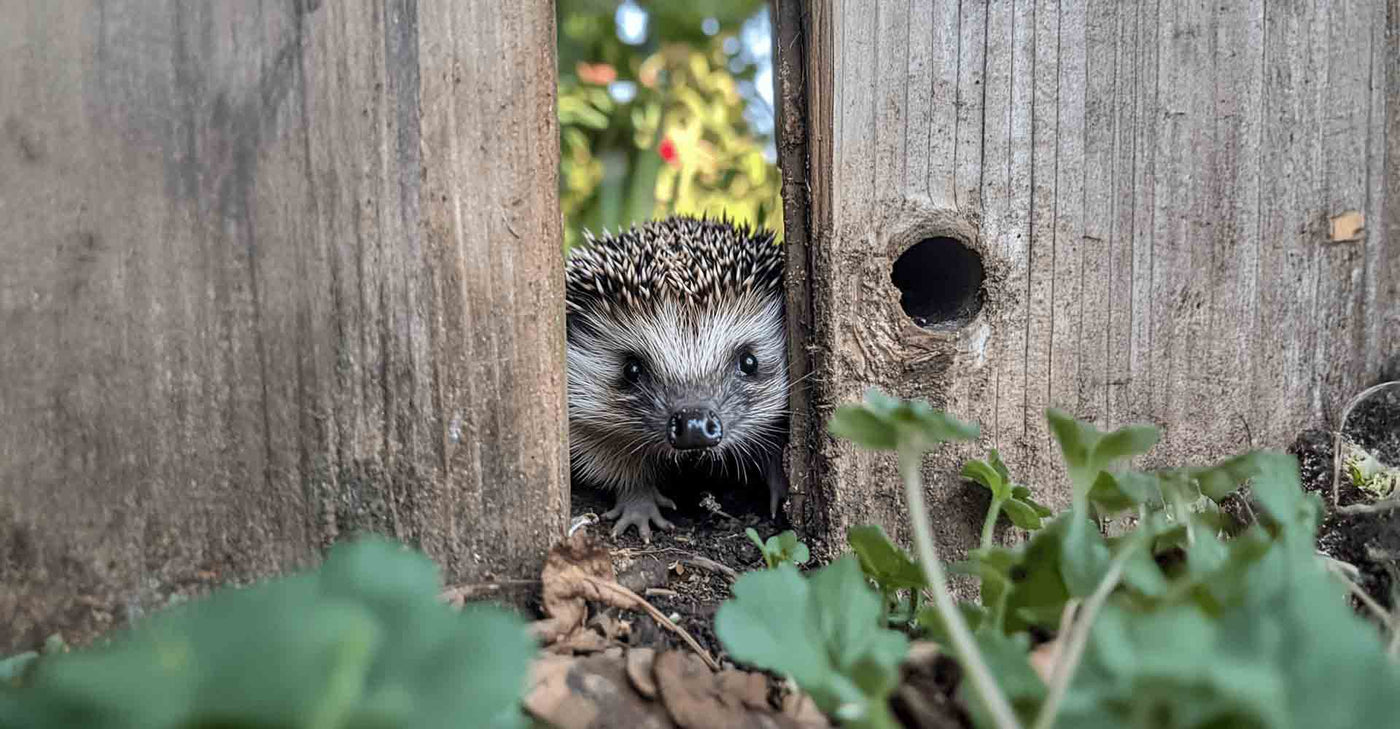
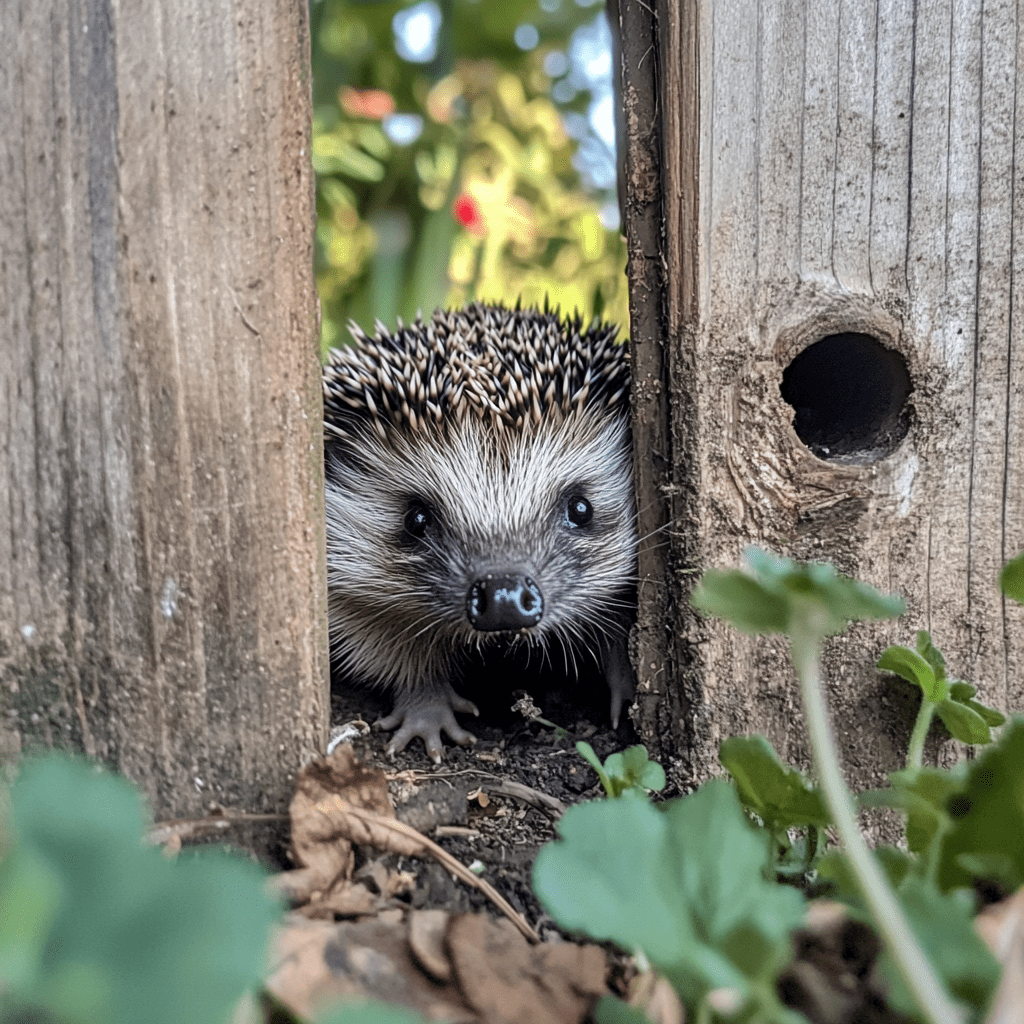



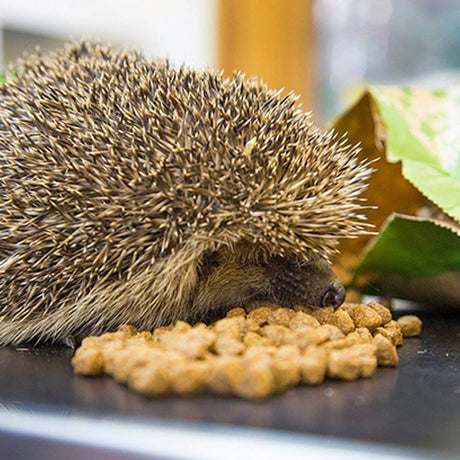
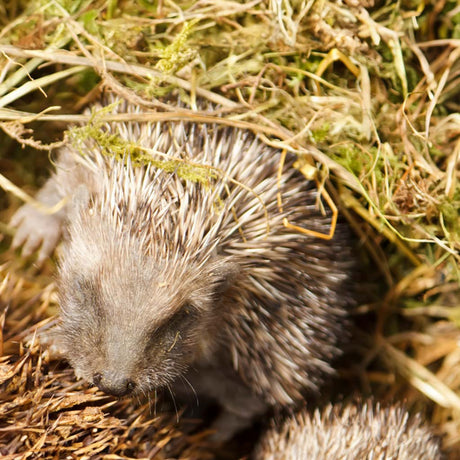
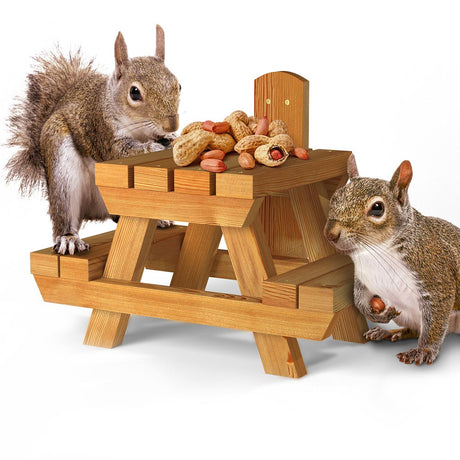



2 comments
we have 2 hedgehog houses andI have taken out the front panel and replaced it with a sheet of glass so I can watch them feeding with my wildlife cameras.we get on average3 or 4 different ones every night.one of them has only one eye so is called one eye, he only eats the dried food ,I put 2 dishes of food in each box every night one with tinned hog food and the other dry hog food.
I have found your information on hedgehogs so useful. We had one earlier this year for weeks every night coming to the back door for a meal. Now disappeared l guess it is now hibernating. We hope very much for it to reappear again next Spring. .
Thank you for your support on line. Pauline.